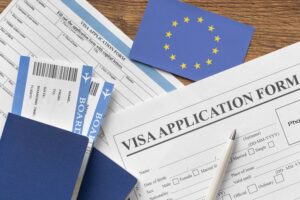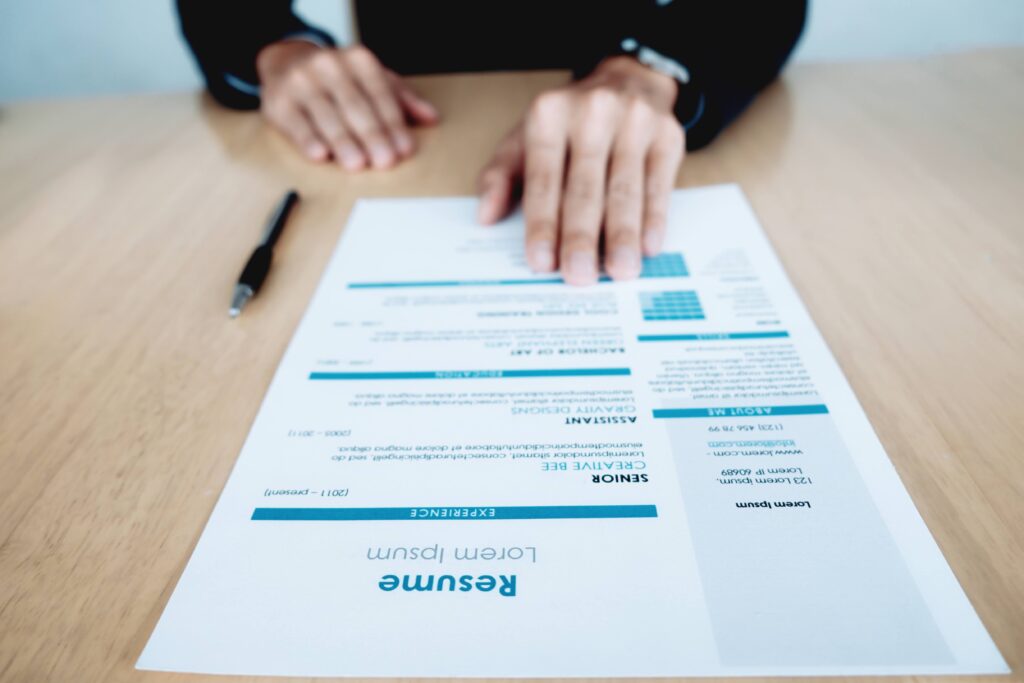
How to obtain a Blue Card in Germany
Required documents, list of professions, and step-by-step instructions for obtaining a Blue Card in Germany ✅ Information for Ukrainians who want to work abroad
Before applying for a job in another country, most candidates face an important task – preparing their resume correctly. What is suitable for Ukrainian companies may look completely different in European countries. To save the recruiter time in understanding your background, it is worth adapting your document to the European resume standard right away. This will simplify the process and increase your chances of getting an offer.

The labor market in European countries differs from ours not only in terms of requirements for candidates, but also in how documents are formatted. Recruiters here are used to a certain structure and format, and non-standard formatting can put off even a strong specialist. When you send your resume to an international company, the employer expects to see a familiar European resume format, not a creative experiment.
Adaptation is also necessary because different countries emphasize different things: in some places, diplomas and proof of qualifications are important, while in others, practical experience and specific skills are more important. If you ignore this, you may simply lose the employer’s attention at the stage of reviewing the first page.
Before creating a document, look at several publicly available examples to understand what a typical format looks like. The most convenient reference point is the Europass platform, where you can find templates and even an online application for automatic filling.
Pay attention to the basic points:
These simple rules will help you bring your resume into a format that is familiar to most companies in Europe.
To understand the structure, let’s look at the main sections:
This sample structure will help you not to miss important details and show the recruiter the full picture.
Despite the single European resume standard, there are nuances in different countries. For example, in Germany, photos are often added, while in the UK this may be perceived as strange. In France, more attention is paid to education and diplomas, while in Scandinavian countries, practical experience and flexible skills are more important.
Therefore, before submitting documents to the country of your choice, it is worth researching the local characteristics. If you are in doubt, you can always contact a recruitment agency in Europe, where they will advise you on the current requirements. This will help you adapt the document to a specific country and company.
Not only the content is important, but also the design. European companies appreciate a minimalist style: simple fonts, sufficient white space, structured blocks. Bright colors and creative visual elements are only appropriate in the resumes of designers or marketers; in most cases, it is better to stick to the classics.
Don’t forget about convenience: recruiters need to be able to quickly find the section they need. Use bulleted lists, a consistent date format, and clear section titles. This design immediately demonstrates your respect for other people’s time.
Many candidates lose their chance to get a job because of typical mistakes:
To avoid this, it is better to follow the European resume template and modern standards. A few hours spent on adaptation will significantly increase your chances of getting an interview.
A well-written resume becomes a calling card that opens doors to companies across Europe. When you emphasize your experience, skills, and qualifications, and adhere to the standard, it is easy for the recruiter to assess your value. And even if this is only the first step, it shows your willingness to work according to international rules. And this always attracts the attention of the employer.